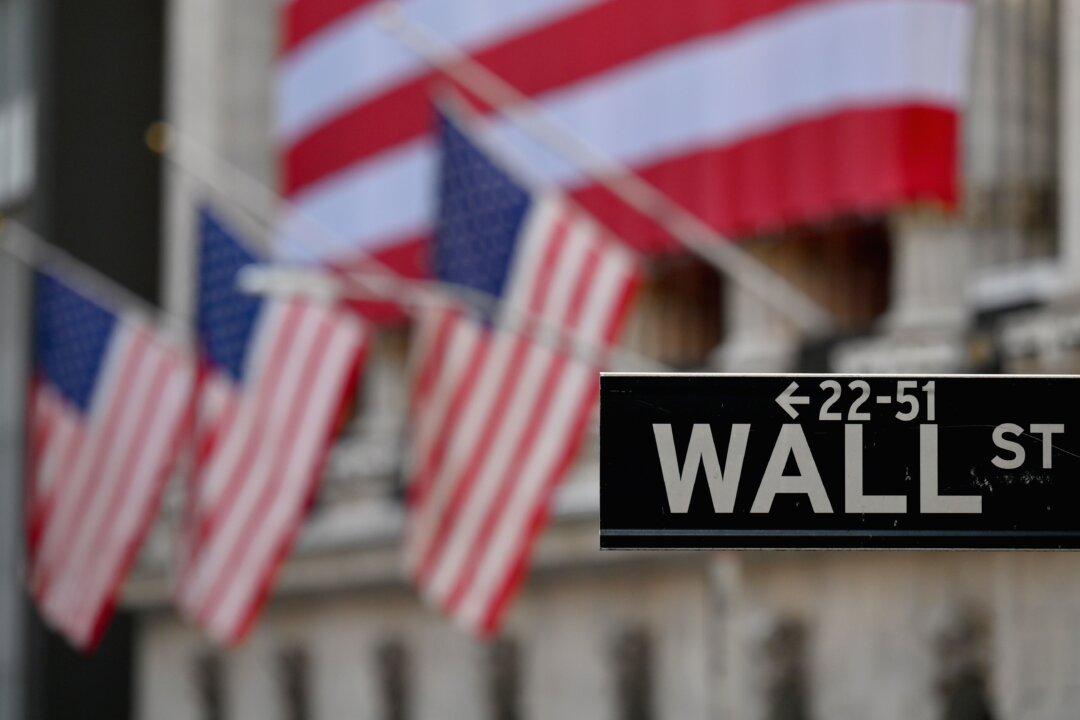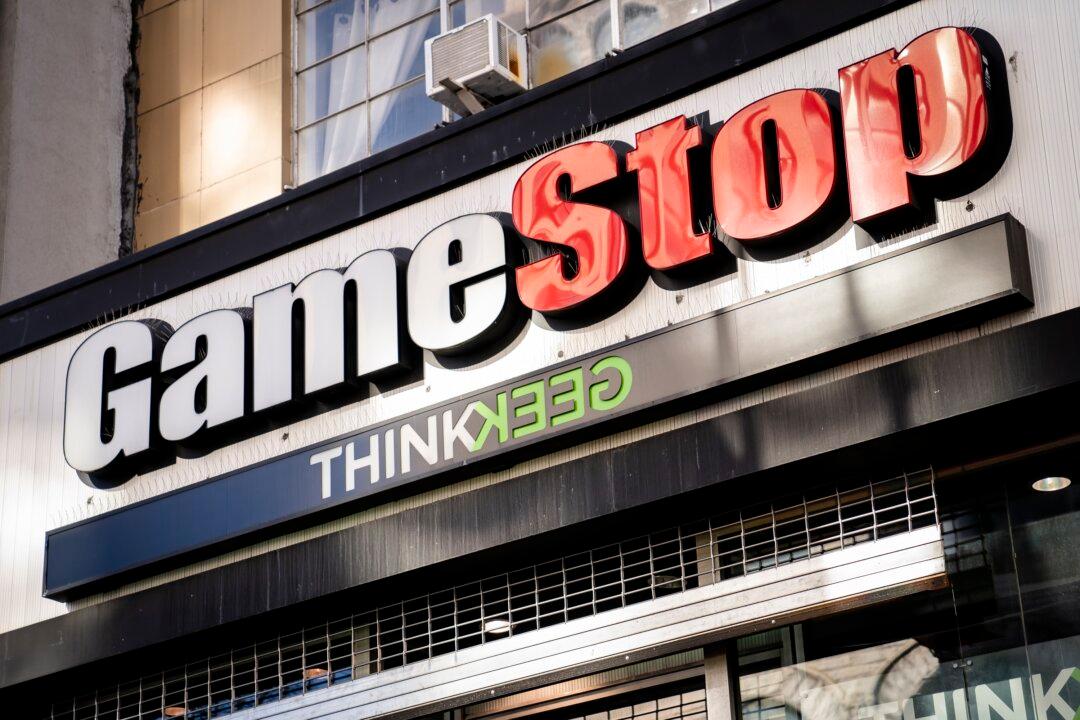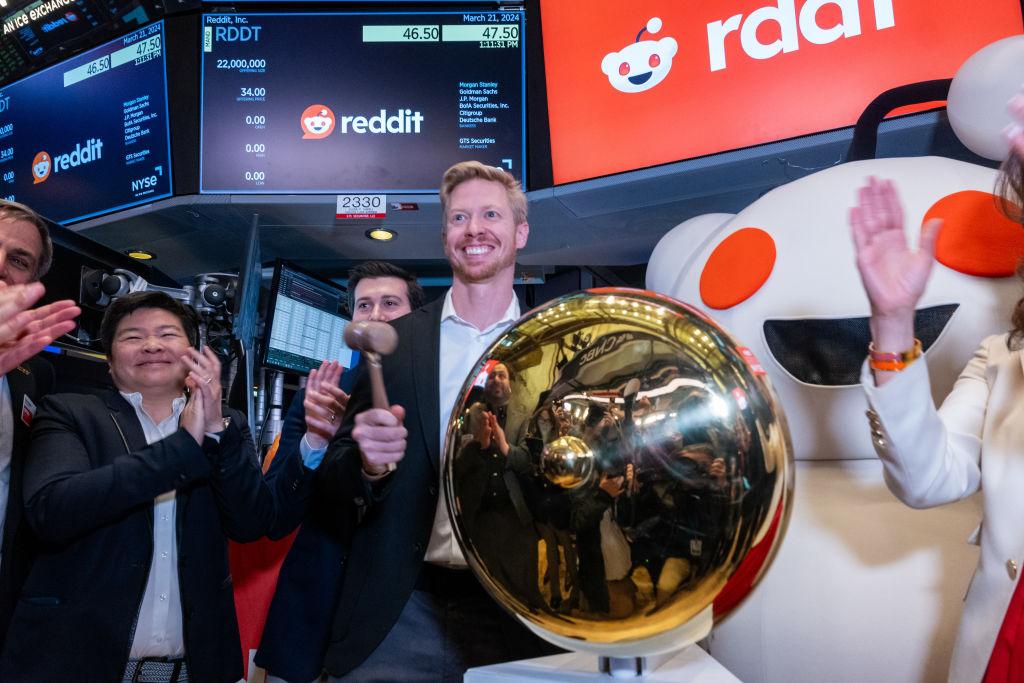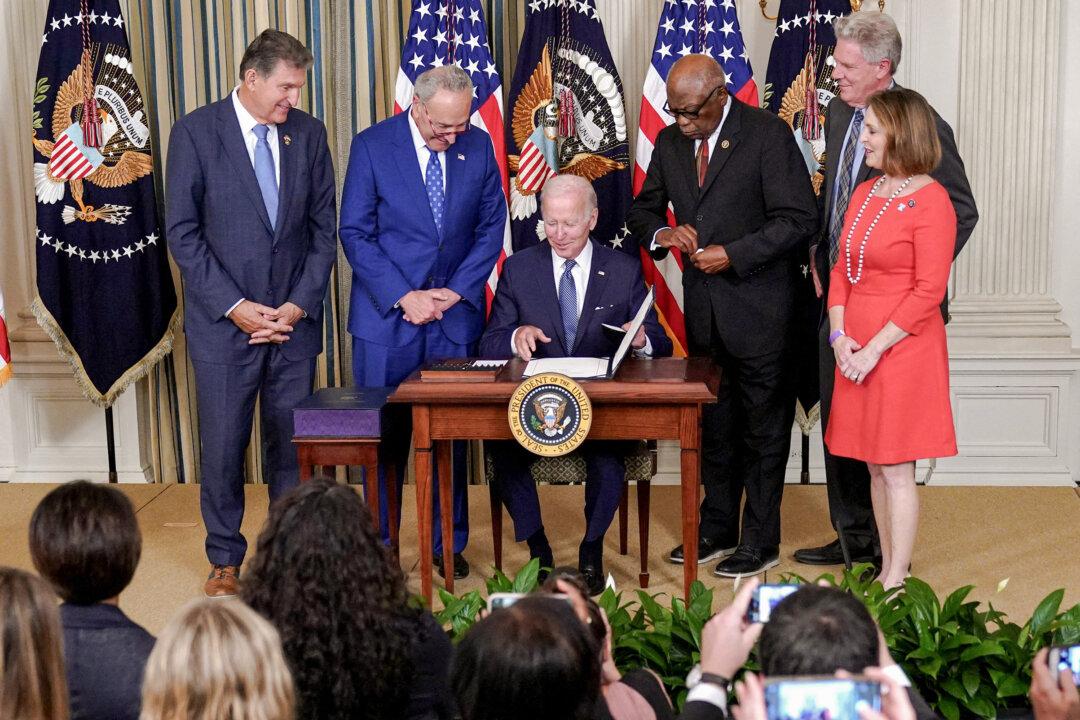Commentary
In theory, America is a capitalistic society. One beautiful part about capitalism is that everyone gets to participate. If you create value, you get rewarded for it. If you invent something new and create a lot of value, you get rewarded handsomely for your effort. However, the flip side of living in a capitalistic society is that there is failure. Not everyone is successful. Not everyone gets the brass ring. They don’t get rewarded even when they seemingly do the right things by getting the right degree and working hard. However, that’s usually because they aren’t creating unique value not found anywhere else. Cogs in machines don’t get rewarded.





